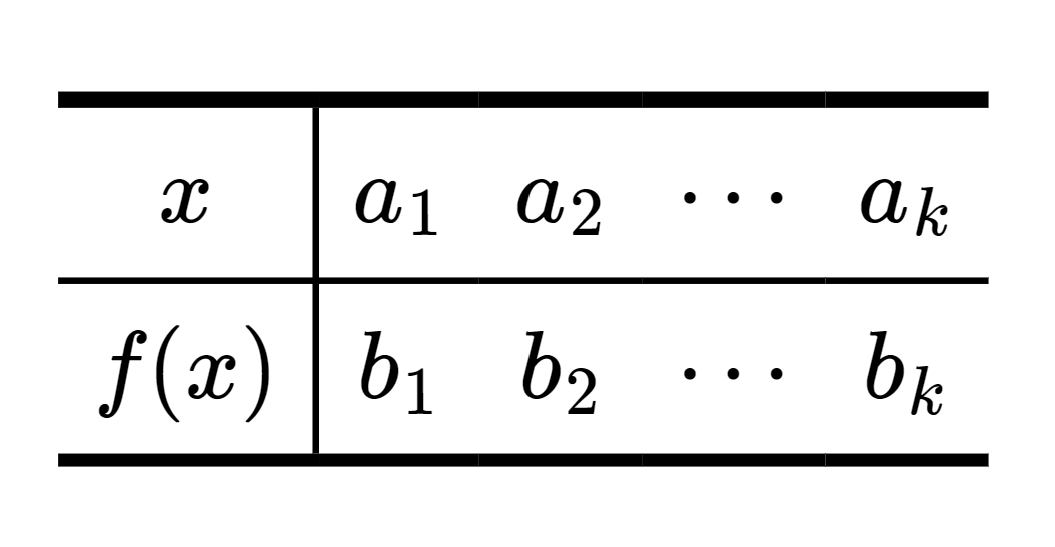21.4: Permutations of Subsets
( \newcommand{\kernel}{\mathrm{null}\,}\)
Sometimes we want to create an ordered list of a certain length from a larger pool of candidates.
an ordered list of k elements from a given set A, with |A|≥k
the number of permutations of size k taken from a set of size n
alternative notation choices for P(n,k)
Consider A={1,2,3,4}, so that n=|A|=4. There are 4!=24 permutations of A.

Notice that the permutations above have been grouped into pairs, where the two permutations in a given pair have the same two first elements in the same order. From this, we can conclude that there are only 24/2=12 permutations of size k=2 from A.
We have
P(n,k)=n!(n−k)!=n(n−1)(n−2)⋯(n−k+1).
- Proof.
-
One way to construct an ordered list of k elements from a set A, where |A|=n, is as in Example 21.4.1. Form an ordered list of all the elements of A (n! ways), and then take the first k elements from that list. But we get the same ordered list of length k no matter how the last n−k elements are ordered. That is, we consider any two orderings of all n elements to be equivalent if the first k elements in the list are the same between the two. As there are (n−k)! different ways the last n−k elements could be ordered while keeping the first k elements the same, each equivalence class has size (n−k)!. Applying the Division Rule, we obtain the desired formula
P(n,k)=#{orderings of all n elements}#{reorderings of the last n−k elements}=n!(n−k)!.
The number P(n,n) represents the number of ways to construct an ordered list of n elements chosen from a set of n elements, so P(n,n)=n!. The convention 0!=1 ensures that our formula for P(n,k) expressed in Theorem 21.4.1 remains valid in the case k=n.
A class of twenty discrete mathematics students decides to elect a class president and vice-president. How many possible outcomes to the election process are there?
Solution
An arbitrary way to elect students to these offices would be to line all the students up and choose the first two students in line to be the president and vice-president, respectively. Therefore, there are
P(20,2)=20!(20−2)!=20⋅19=380
possible outcomes to the election.
You go to the horsetrack to bet on a race. From a field of nine horses, how many ways are there to make a “Trifecta” bet (i.e. specify the first three finishers in order)?
Solution
There are
P(9,3)=9!(9−3)!=9⋅8⋅7=504
possible such bets.
For alphabet Σ={a,b,c,…,y,z}, how many four-letter words made up of distinct letters are there in Σ∗?
- Compare.
Solution
A four-letter word with no repeated letters is the same as a permutation of size 4, so the number of such words is
P(26,4)=26!(26−4)!=26⋅25⋅24⋅23=358,800.
If |A|=k and |B|=n, with k≤n, how many injective functions f:A→B exist?
- Compare.
Solution
Fix an ordering a1,a2,…,ak of the elements of A. Then from any ordering b1,b2,…,bk of size k from B, we get an injective function f:A↪B by the following table of values.

That is, every permutation of B of size k corresponds to an injection f:A↪B, and so the number of such injections is P(n,k).



